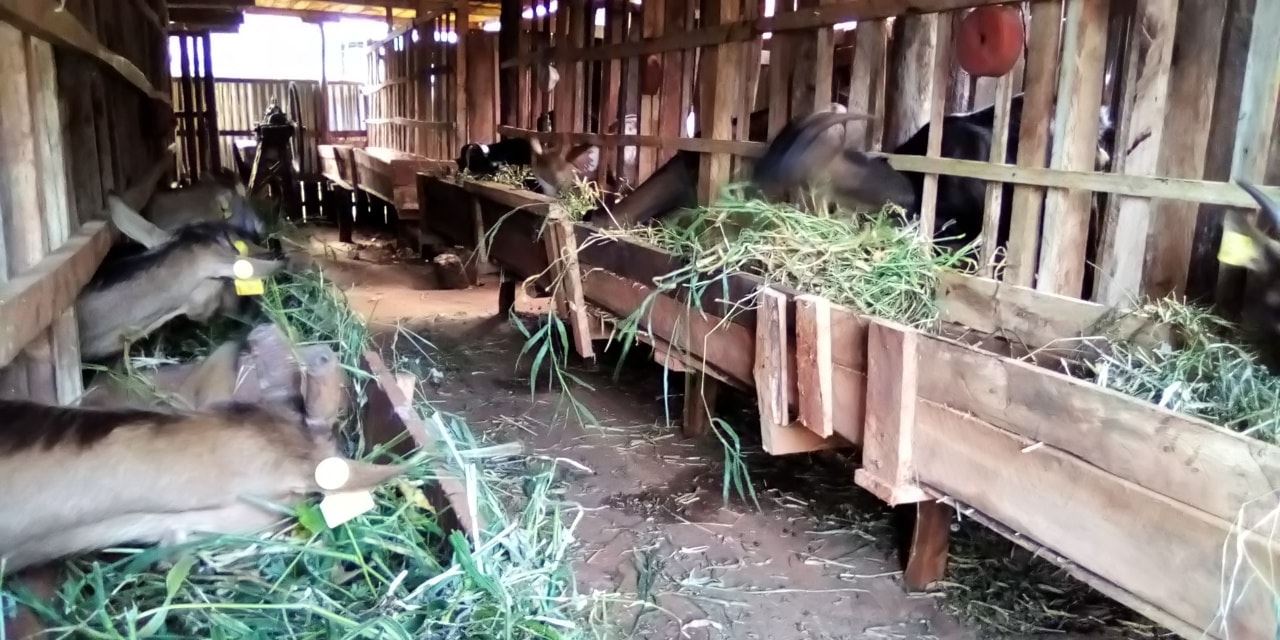
By George Munene
When Charles Wathobio who now sells 40 litres of goat’s milk weekly started out his business some 15 years ago with just two goats, he faced what he considers the two greatest challenges to any would-be goat farmer even today: “The demand for goat’s milk right now is insatiable, which is reflected in the price; a litre goes for Sh200. The key obstacles to making a success out of it however are marketing and logistics,” Charles explains.
“The few ways within reach to advertise to clients when I was starting out were buying poster spaces on mall notice boards and taking out small newspaper ad slots that were so expensive and didn’t deliver commensurate value,” he says. “With the prevalence of internet access today I have clients who call me having seen an advertisement I had put up online two years ago, with newspapers, if clients did not reach you two days post-publication you knew you would not get any new business,” Wathobia adds.
Today almost all his new clients he says are gotten online and a few from word of mouth referrals. “To any prospective dairy goat farmer I would urge them before anything else to brand themselves; whenever anyone googles ‘goat milk suppliers in Kenya’ you want them finding your name,” he says.
Related News: Demand for boer goats outstrips local market and breeders
Related News: Kenya’s deadliest goat disease costing nearly Sh1/4m per 100 goats in Turkana
“I have clients in disparate places; Kasarani, Westlands; looking to have two litters delivered to them. With time I have worked out a delivery system that sees milk delivered to a central drop off point at Kitusuru from where it is picked up by boda bodas and ferried to individual’s doorsteps. Buyers today want consumables at the convenience of their home – if you can offer this reliably you will have a repeat client no money can buy,” he explains.
Thanks to a Sh50,000 chest freezer, Wathobio is able to chill his milk usually for three days and up to two weeks over longer holidays such as the coming Christmas season when the market demand is slow. “Milk ought to be chilled immediately after milking to avoid chances of bacterial contamination,” he says.
Though Covid-19 disrupted his standard delivery times and meant he had to drop his milk output, he expects this to creep back up in the coming weeks to the usual 50 litres weekly he did before. Charles occasionally adds value to his milk by making yoghurt for individual clients, for the most part, he sells his milk raw—“Value addition can be a good thing, I, however, feel it’s almost become fetishized in farming circles; I am selling off all the milk I produce and at Sh200 for a litre, that is a premium price I am more than satisfied with,” he says.
Another crucial factor that has kept him growing this long he says is the passion he has that is reflected in the time he puts into understanding the animal. “Every day is a new learning experience; what I have learnt for over a decade you cannot cram into any textbook. If any of my animals fall sick, I am no trained vet, but I more often than not know exactly what to remedy them and have the drugs in hand,” he says.
Over time he has self-selected his herd of over 40 goats on the basis of two key factors: milk production and disease resistance. He has settled on keeping Alpines and Toggenburgs that he says meet this criterion; they each average three litres daily.
He houses his goats on two farms in Nyeri and Kangema. Goats being browsers, unlike cows, cannot subsist on the same diet over a long time—they constantly need exciting with new feeds introduced to their meal plans to maintain their production levels. Bracharia, which is a fast-growing protein-rich grass, makes up his main fodder supplemented with lucerne, desmodium, mulberry, sweet potato vines and traditional herbs.
One of the major cost benefits of keeping goats to cows is their low feed consumption. In concentrates, he spends Sh100 monthly per goat buying a dairy meal, minerals and protein supplements, which he considers the most crucial, are given as magic protein concentrate, maize and soya germ. He sources all his fodder directly from his farm.
Related News: State to offer milk market for dairy goat and camel farmers
Related News: Taita Taveta farmer earning good money from Galla goat side venture
“We have worked to renovate our goat shed to fit an improved European burn system that traps in heat avoiding the usual 10-20 per cent drop in milk production we’d experience every cold season,” he says. Being in Nyeri the metabolism of goats dropped over colder months which affected their feed intake and in turn the amount of milk they produced. He also uses a transparent iron roof sheet that lets in light trapped as heat even over cold days.
Charles is more than happy with the increased number of farmers he has seen venture into dairy goat keeping, seeing it as an opportunity to cater to and widen its market appeal rather than competition.
Goat’s milk has a myriad of health benefits; it is low in lactose making it easier to digest for those with lactose intolerance. It lowers cholesterol and has 33 per cent calcium to cow's 28 per cent.
















Comments powered by CComment